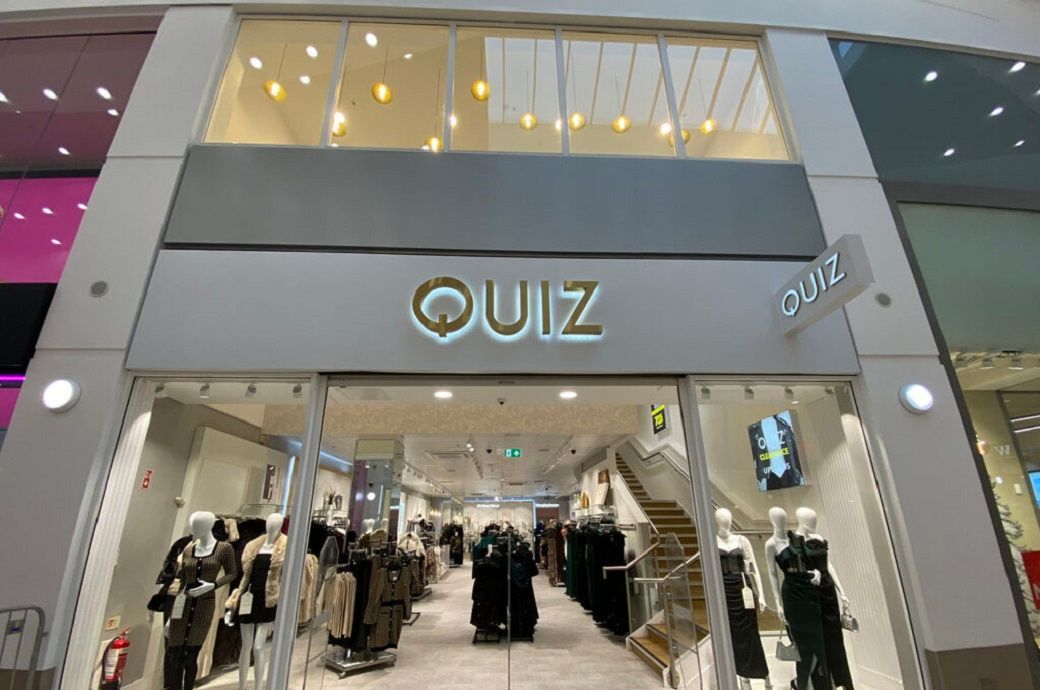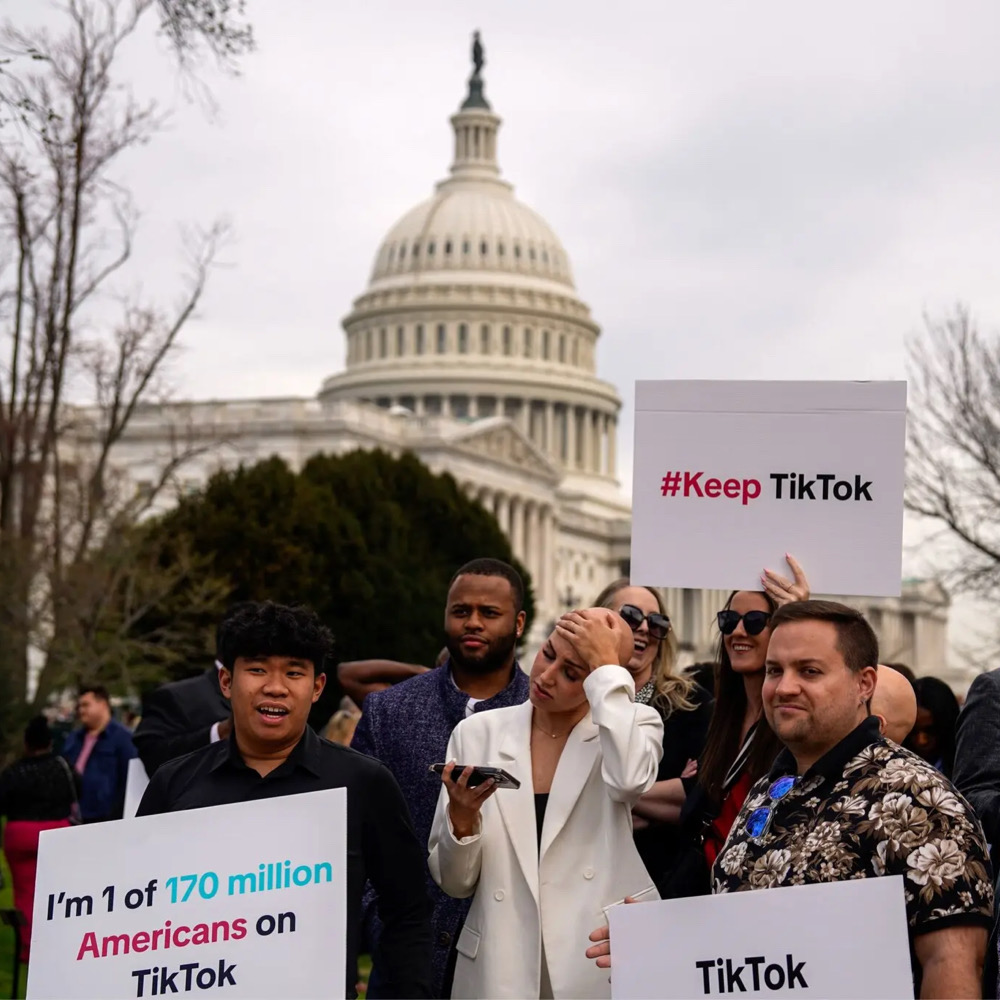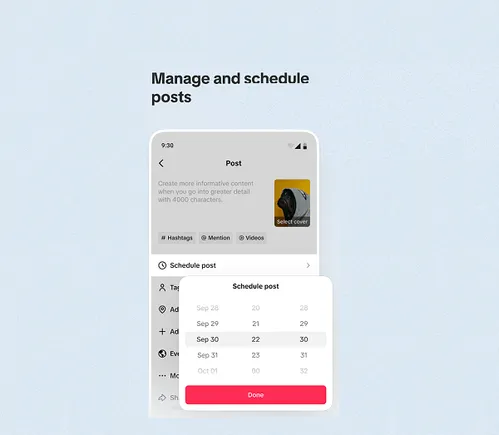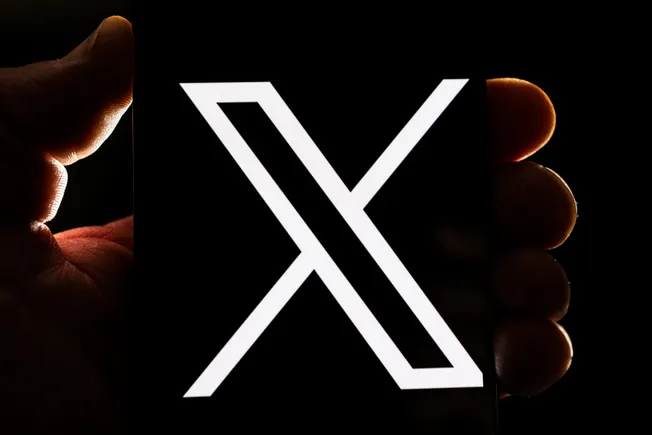It wasn’t in the kitchen drawers or anyplace in my desk. There wasn’t one in any cabinets or closets, either. And nowhere in the garage.
After a brief yet frustrating search when I needed one, it was apparent that no functioning flashlight existed anywhere in my house. And that discovery is a big deal when you’ve sworn off using your smartphone—and its flashlight function, among others—for five consecutive days.
That may seem like an odd undertaking when you lead one of the country’s largest wireless carriers. But I was determined to engage in the same exercise we were suggesting to our customers recently: to take the “Phones Down for Five” challenge, an attempt to reset our relationship with technology by putting our phones down for five days, five hours or even just five minutes.
I chose five days, which – about five hours into it – felt like about five days too long. That’s because – like most of us – I’ve grown so reliant on my phone. That’s not a problem most of the time when the ability to communicate and access information instantly and ubiquitously is a defining aspect of modern living.
Still, our own consumer research signals that most mobile phone users have reached a tipping point where our devices are becoming, quite often, as much of a hindrance as a help.
Consider these findings from UScellular’s 2022 survey of 1,000 U.S. adults:
- 65% of smartphone users would rather go on a terrible date or sit next to a crying baby on a plane than lose their phone.
- 62% of users would rather get stuck in traffic every day of the week than lose a smartphone.
- Only 44% of users said their phone enhances their life, down from 54% earlier in the year.
Our analysis revealed that in some cases our relationship with technology is becoming unhealthy. I realize the term ‘relationship’ may sound pompous, but consider that 70% of us report that we spend more time with our phones than our loved ones. Our obsession with our devices can be further validated by research from Asurion, which found Americans reach for their device an average of 352 times a day – once every two minutes and 43 seconds.
Even as a wireless carrier, we felt that a reset might be in order. As part of UScellular’s “Built for US” campaign platform to encourage healthier relationships with smartphones, we introduced “US Mode,” an effort to help smartphone users better utilize customizable settings on their smartphones, including setting time limits on social media apps, disabling select push notifications, enabling pre-set quiet times and customizing app displays. These simple steps can have a great impact on our relationship with technology – and, in turn, with one another.
Running an Organization: It’s okay to take 5, now and then
One of the hardest challenges as a CEO is to step back occasionally from day-to-day operations and think deeply – business strategy, competitive dynamics and industry context all require dedicated focus. While it may seem obvious, giving this focus without my smartphone by my side was much easier than with it there as a potential distraction. And the renewed perspective I gained from my phone-free time went far beyond my role as a CEO.
Without a smartphone, I also spent much more time reading…although I noticed that my attention would wander after a few pages, as I absentmindedly reached for my phone – only to be reminded it wasn’t there.
I also conversed more with friends, family and colleagues. Without my phone at hand, I truly focused on the conversation – I was a better listener and (in my humble opinion) a better participant.
But I don’t want to suggest that our engagement with smartphones is bad. I was traveling for work for a portion of my five-day, phone-free sojourn, and navigating air travel is quite difficult without a smartphone. All the things we now take for granted – not having to print boarding passes, always knowing what time it is, securing travel to my hotel – were challenges when I was phone-free.
Usually, when I’m on duty to pick up my daughters from school or other activities, I just text them when I arrive, and I now had to explain the foreign concept of “I’ll be there at 5,” just like we got picked up by our parents.
Sure, we used to get through the day just fine without phones tethered to our palms. Now, though, life’s journey is significantly easier when information and answers – not to mention entertainment and human connections – are just a swipe or two away.
Clearly, there are more pros than cons to being smartphone- and technology-centric. My plea to you – and the foundation of our Phones Down for Five effort – is that it’s important to keep technology in its right place in our life, especially if it is damaging our ability to have meaningful connections with our colleagues, friends and partners.
For business leaders, the implications of an unhealthy relationship with devices and technology are profound. There’s a reason why “being together” is still a business necessity in many situations post-pandemic, like closing a big deal, building company culture or getting to know a new team. To see and be seen – and not always via a 4-inch screen – is vital for leaders to nurture talent and forge the connections that matter.
There’s real value in personal connections. Our mission at UScellular is to connect people to what matters most. Usually, we accomplish that mission by delivering world-class connectivity, but sometimes what matters most is right in front of us, and connecting properly requires putting the phone down. There are times when we all could benefit from a “phones down” policy, whether working or just living our lives. You – and your teammates, family and friends – may be surprised by what you’ve been missing.
The post ‘Phones Down’ Is A Surprisingly Useful Exercise—Even For A Wireless Company CEO appeared first on ChiefExecutive.net.







































































